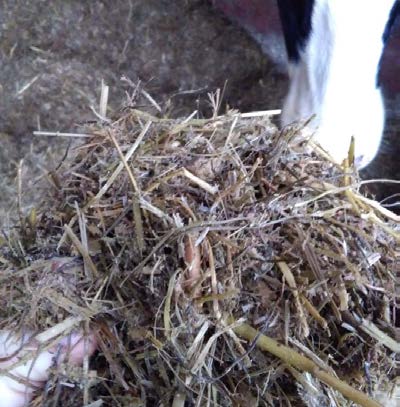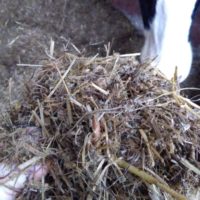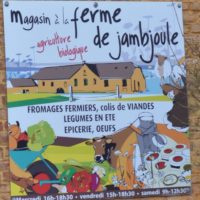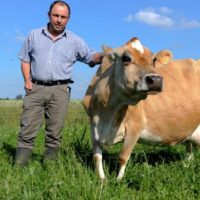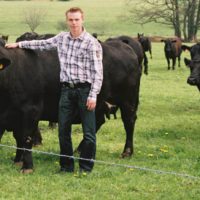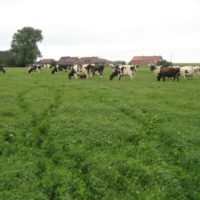Westerwold ryegrass as companion crop in establishment of temporary grasslands
Farm: “Jakub Gorączka”
Location: Gulcz, Wielkopolskie voivodship, Poland
Case study
 Westerwold ryegrass as companion crop in establishment of temporary grasslands (.pdf)
Westerwold ryegrass as companion crop in establishment of temporary grasslands (.pdf)
Description
Background
Jakub Gorączka runs his family farm in Gulcz, Wielkopolska Voivodship.
Basic data on a farm are presented below:
- Annual Work Unit 4
- Agricultural Area : 70 ha UAA
- Main forage area: 59 ha
- Arable land area: 30 ha
- Permanent grassland area: 30 ha
- Temporary grassland area: 10 ha
- Animal performance
- Dairy cows: 60
- Total livestock units: 95 LU
- Milk production per head: 8750 (l/year)
Farm is located along river Noteć Valey what creates unique opportunities for using natural, permanent grassland area for cattle production. This environment is used by a farmer in the development of his dairy production. His strategy is to get the most fodder out from his permanent and temporary grassland. In opposition to the most popular model of milk production based on maize silage Jakub decided to change proportion of his TMR and increase volume of grass silage in diet. The share of grass sward in TMR feeding system is as much as 70% on the farm, while not more than 50% is typical of the country.
Detailed description
To achieve his goals farmer decided to use Westerwold ryegrass (annual type of Italian ryegrass) as a companion (cover) crop while establishing a new temporary grassland instead of cereals such as oats or barley. Different varieties of westerwold ryegrass are used by the farmer to enhance the positive effect of leys productivity in the sowing year.
Results
The main results of the innovation are:
- Increasing grassland DM yield
- Improving forage quality and feeding vaule
- Reduced costs of milk production in comparison to TMR based on maize production
Milk yield is set up by farmer on the level of 8 700 litres of milk per year what seems to be low if we look at very intensive models of production and yields like 12 000 l. However cows are much healthier and live longer so their life production is similar to intensive ones but costs of production are probably lower by even 20%.
Adoption criteria
Many Polish farmers are afraid of investing in grassland productivity enhancing because of the high risk of failure. It is highly noticable in the Wielkopolskie voivodeship, where maize is commonly cultivated. Although westerwold ryegrass is a highly productive grass, comparable to maize, having even better feeding value, farmers are not really convinced about that and they generally prefer to cultivate maize than grasses.
Future prospects
Farmer is still looking for a better ways of grassland management. It is the best solution for him taking into consideration natural environment of Noteć River Valley. His goals is to eliminate maize silage from the diet and promote his milk as one produced from grassland only.
Additional information
| Farming system | conventional farming |
|---|---|
| Domains of innovation | forage mixture |
| Main types of animal | dairy cattle |
| Country | Poland |
| Product type | Case study |
| Language | English |

